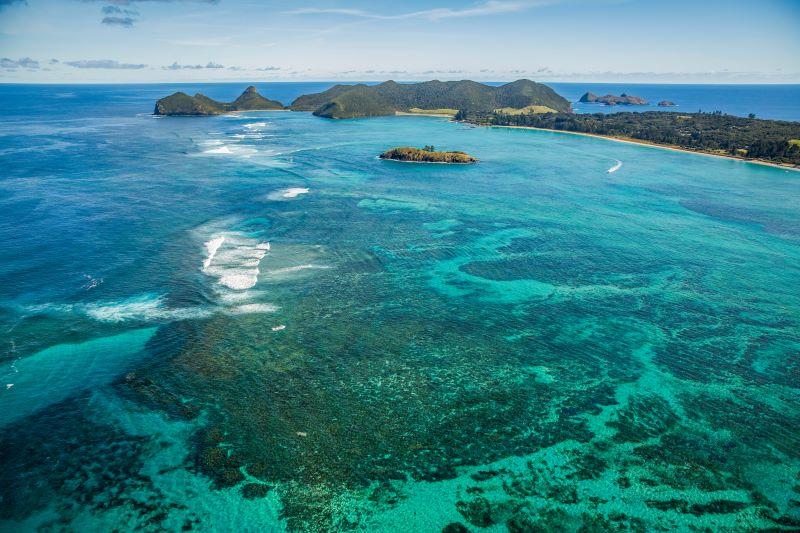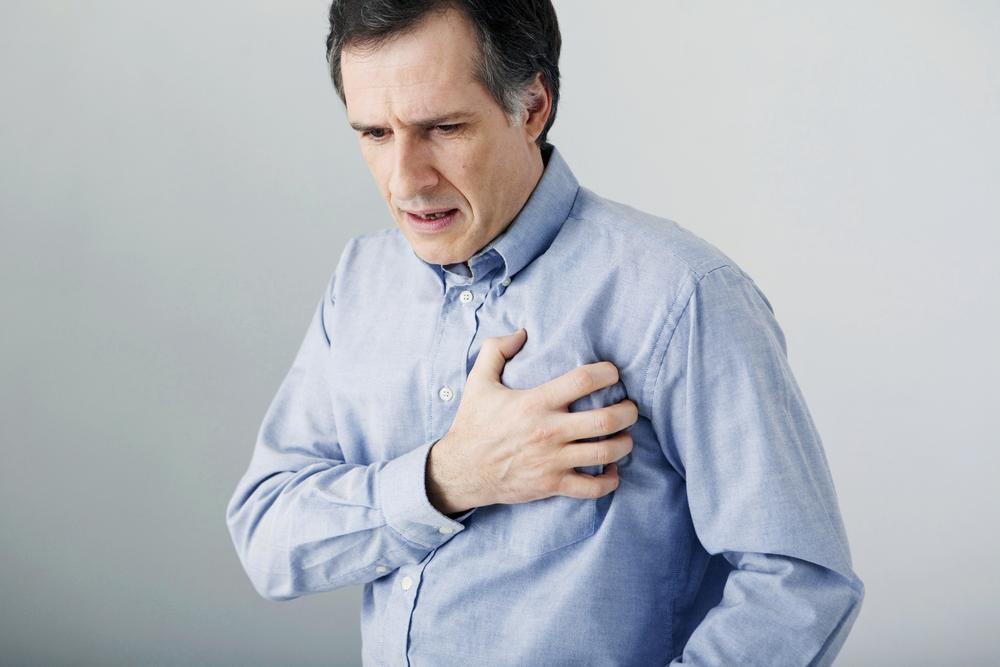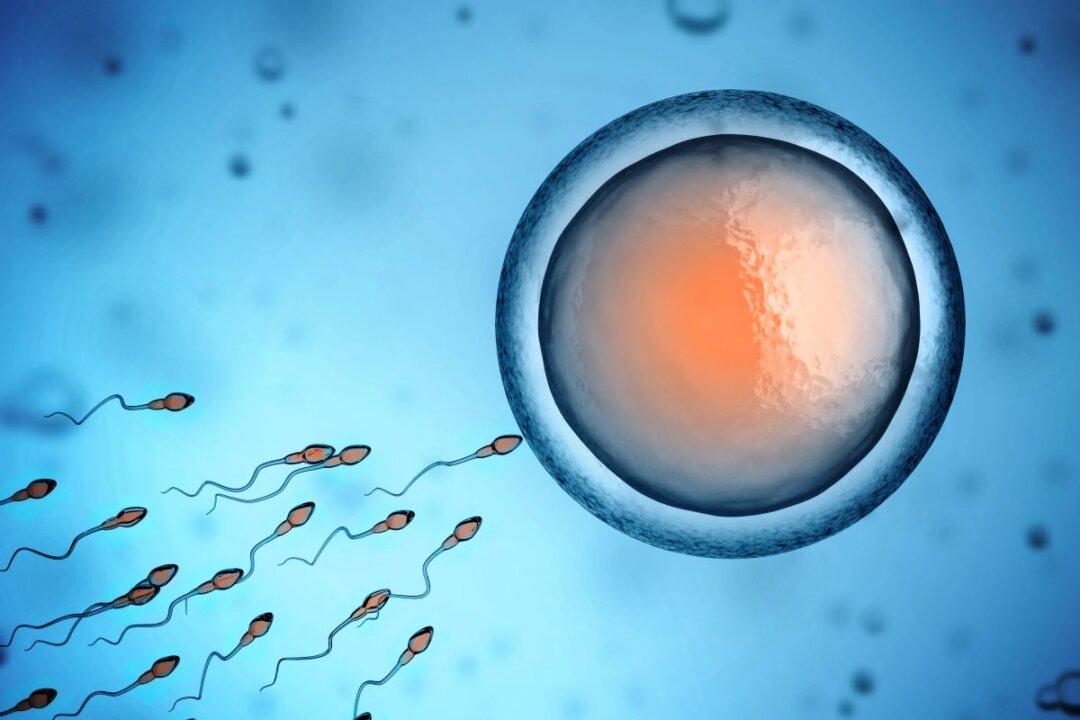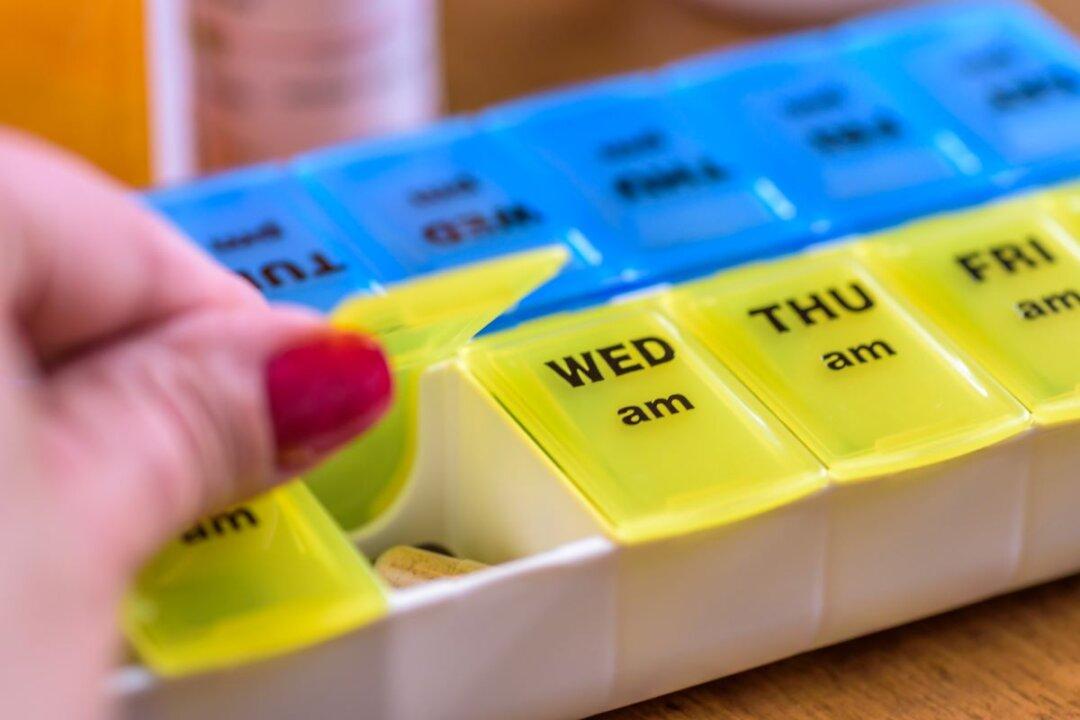The soft corals of Lord Howe Island, approximately 700 kilometres northeast of Sydney, are demonstrating greater resilience to coral bleaching than the hard corals of the island, marine biologists have found.
Led by the University of New South Wales (NSW), the team surveyed the island’s coral reef—the world’s most southern—during, immediately after, and seven months following a marine heatwave in 2019.





